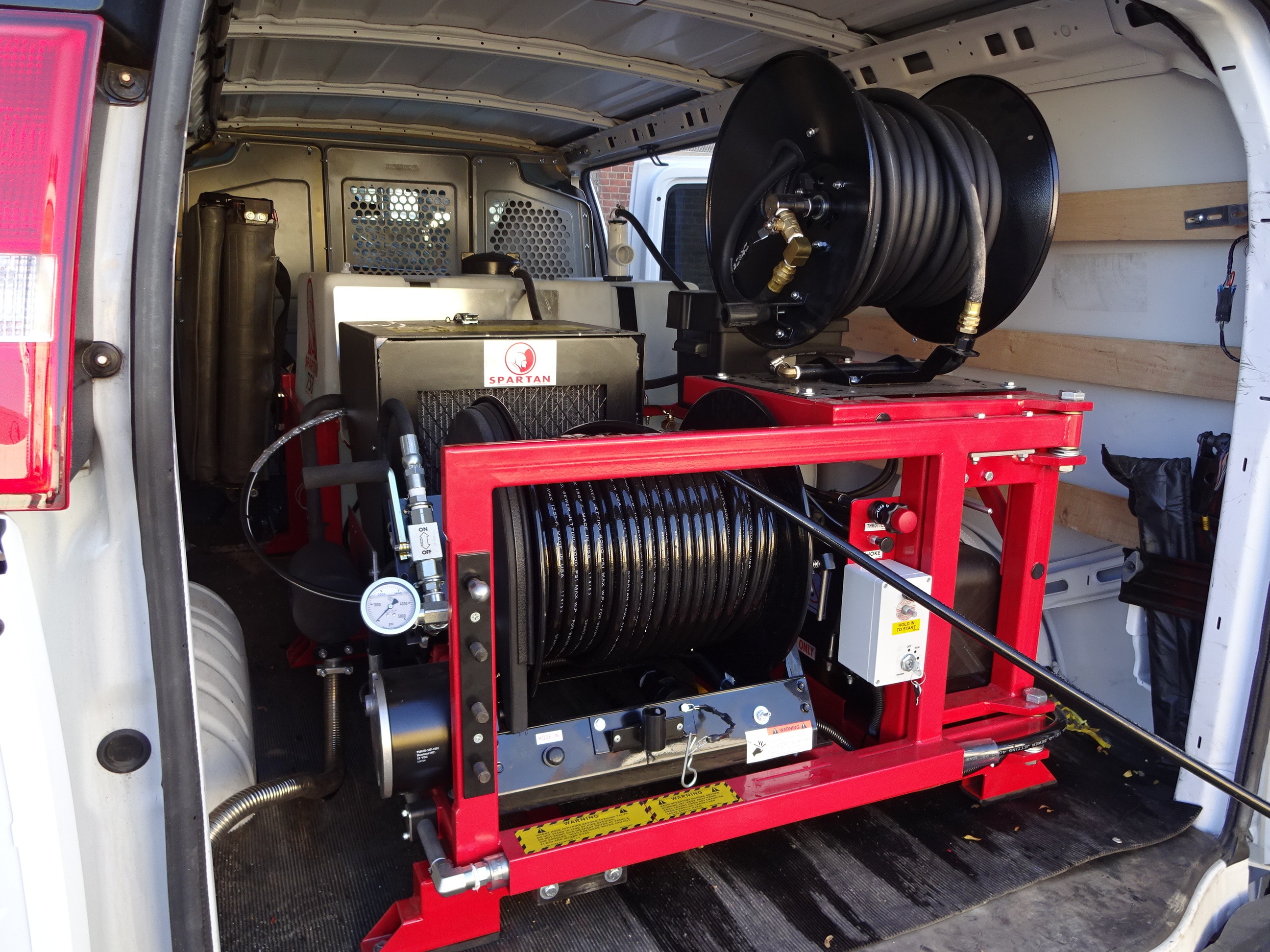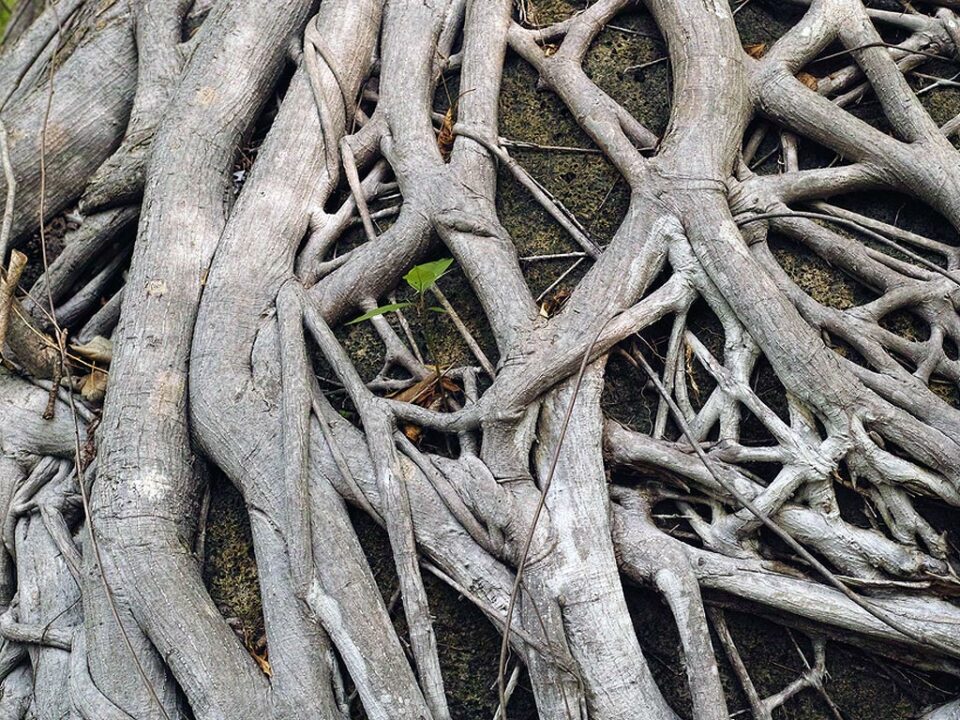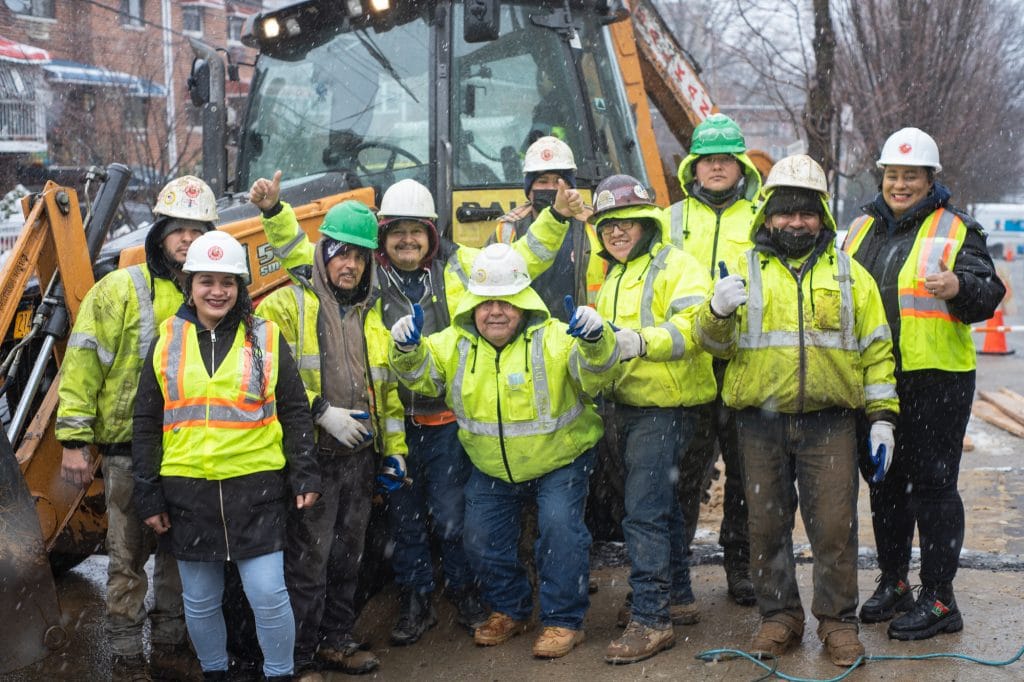A water jet machine is also commonly referred to as a hydro jet or a sewer jetter. No matter what it is referred to as, it is a powerful drain-cleaning piece of equipment. A water jetter harnesses water and generates it into a high-pressure flow of water. This will effectively clear out various types of clogs inside drain pipe systems due to physical obstructions.
Some of the advantages of using a hydro jetter
Because this equipment is very simple, efficient, and safe (in the hands of a trained technician) many professionals use a water jet machine as the tool of choice to get rid of various problems inside drain lines. Modern jetters have remote control features, that enable them to be used by one technician without a helper.
Because the water pressure is doing the hard work, the technician has to be knowledgeable but does not have to exert any force. A potential challenge of using a jetter is the purchase price, which is a multiple of the most expensive snaking machines.
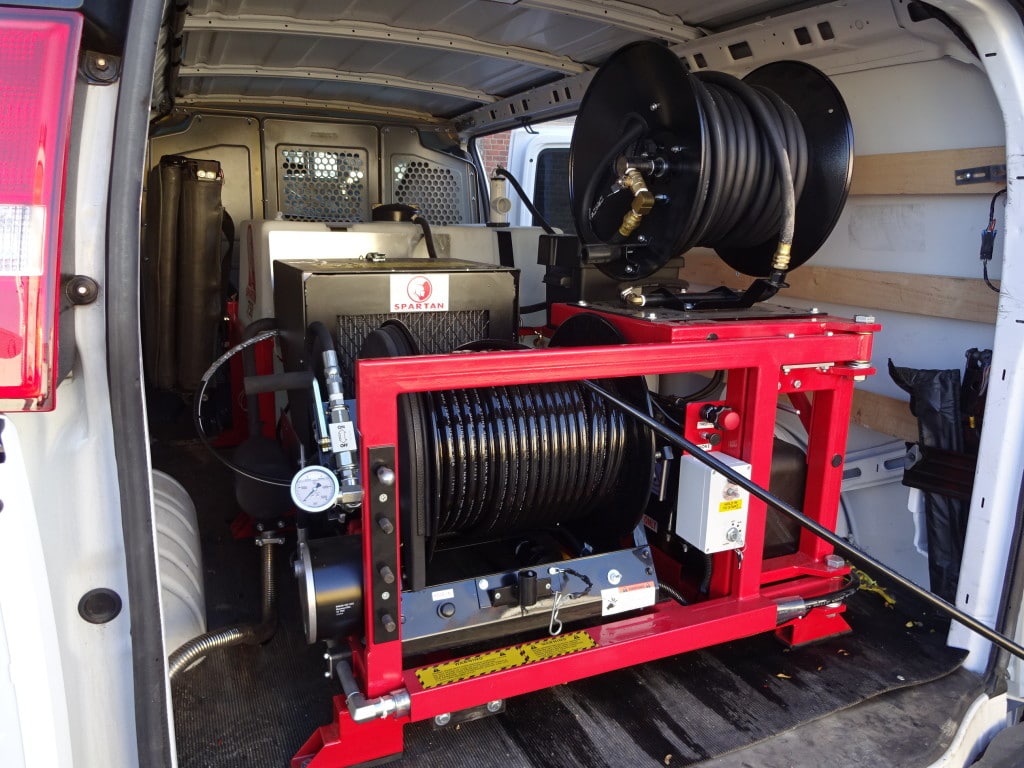
A water jetter comes in several different models; some can be mounted on a truck and carry thousands of gallons of water for large jobs. These are typically used to clean drain pipe of a very large diameter, such as public sewer systems. While the smaller models can be pulled by a van, or mounted inside a van. For a small residential application, a hydro jet machine is usually mounted on a cart.
A residential-grade hydro jet is often available at a local hardware store, either for rent or sale. If you are not quite familiar with how to use it, it is strongly suggested to call a professional to get the job done right the first time. Any high-powered tool in inexperienced hands can result in injury and property damage.
How a water jet machine works
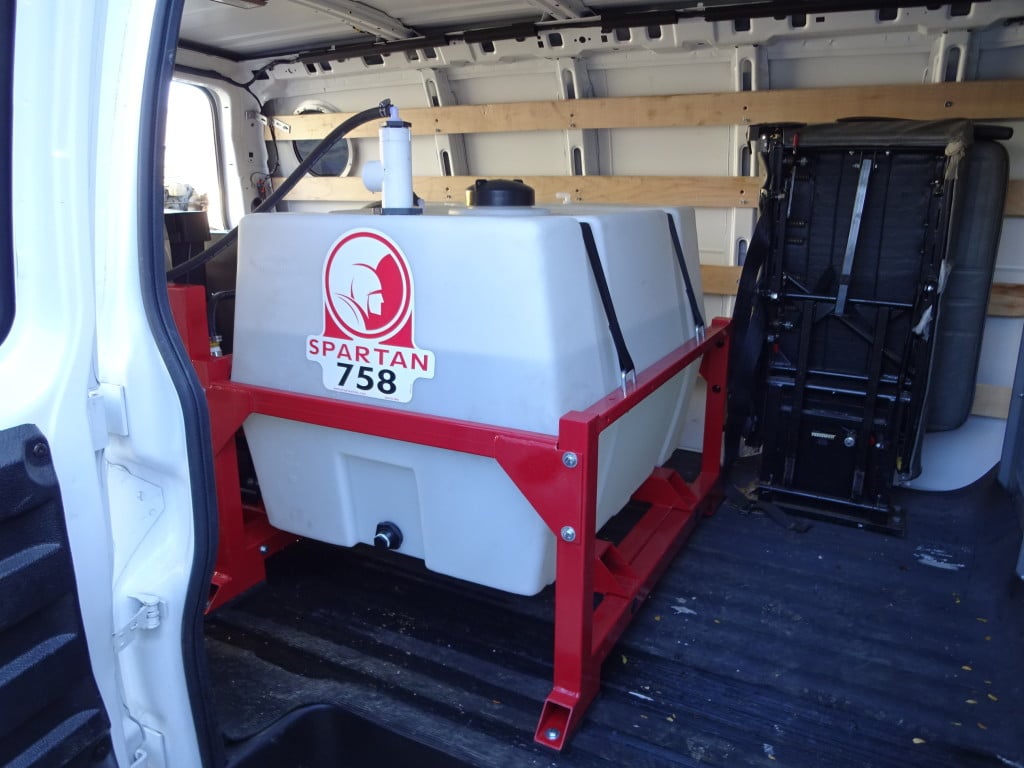
Water tank for a water jet machine
In general, a hydro jet is a big hose connected to high-powered nozzle. It pushes a high volume of water at high pressure. For most typical clogs, a machine that reaches 3,000 PSI (pound-force per square inch) is quite adequate. Such a high pressure jet machine will clear clogs in pipes up to 8″ in diameter. Very few house sewer lines exceed 8″ in diameter.
The nozzle at the end of the hose is pushed down the drain pipe, while spraying high-pressure water. Some older models even have a metal pole to make it easier for the operator to control the nozzle, but it is actually a very simple task apart from that. After the nozzle is inside the drain pipe, it sprays high-pressure water that can break down most stubborn obstacles including piles of dirt, grease, and even remove tree roots.
The different types of water jet nozzles
Nozzles play an important role in the overall performance of a water jet machine. Different types of nozzles will give different amounts of pressure, and direction for the water output. Each specific nozzle is designed for particular types of stoppages and drain issues. Here are some of the most common models:
• Regular Dome

It is sometimes called an “open” nozzle. There is an opening on the tip of the nozzle as well as on the sides. The forward stream will break up the obstructions before the rear or side-facing stream cleans the remaining debris and dirt on the walls of the pipe. Regular dome nozzle is ideal for cleaning grease or accumulation of soap in 3-inch to 10-inch pipe.
• Closed Nozzle

Almost exactly the same as a regular dome nozzle, but without the front opening for forward water stream. Because there is no forward stream, a closed nozzle is best for cleaning debris on the walls only or for general cleaning task.
• Rocket Nozzle
A rocket nozzle is designed to be a combination of bot the closed and open nozzle. The orifices can be adjusted to an open or closed position depending on the application. This allows for different applications, without having the change out the head on the jetter.
• Sand Nozzle
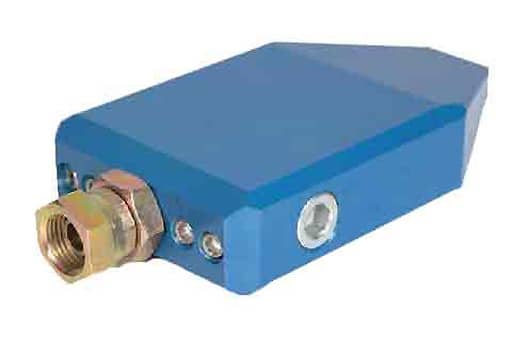
As the name suggests, a sand nozzle is designed to get rid of sand build-up inside a drain pipe. It is most commonly used in storm sewer lines, which are more prone to sand and sediment accumulations. This particular water jet nozzle is larger than its standard counterparts and is flatter.
The design of a sand nozzle specifically allows it to travel close to the bottom of the pipe, where sand and sediment are most prone to accumulate. The design also allows the head to move forward or downward and upward. This allows the head to greater agitate sand and sediment, and wash them out from inside the pipe.
• Rotating Nozzle
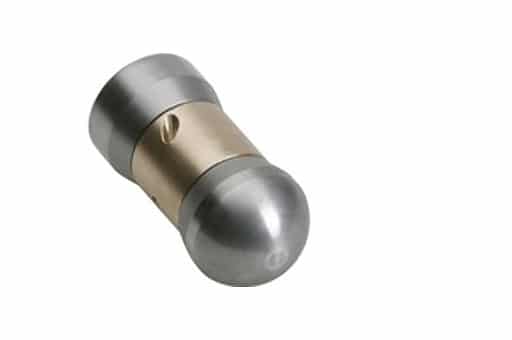
A rotating nozzle is just like any standard nozzle, but with one key difference in the design. The center part of the nozzle rotates to make sure that the entire inside surface of the pipe gets equally sprayed. This has decided advantages over nozzles that spray in a fixed position.
A rotating nozzle is particularly helpful in clearing out root infiltration. Properly used by a skilled technician, a rotating nozzle can provide long-lasting relief from a root stoppage.
Why Use A Water Jet Machine
The conventional method of cleaning clogged drain lines, that cannot be cleared using a sewer snake, involves excavating the pipe and taking out the obstruction manually. It is a labor-intensive method, which may also cost a lot of money. If the pipe clog is caused by tree root penetration, you may not be able to remove the roots completely by hand, as they made extend beyond the excavation. Instead of having to deal with all the dirt and debris manually, a hydro jet is better for at least two obvious reasons:
- More power:
You can indeed see the actual culprit causing the clog by digging out and exposing the pipe. But it takes time and effort. With a hydro jet, you may not be absolutely sure what the obstructions are, but you can be relatively sure they will be cleaned out immediately. Even better, high-pressure water also cleans the walls of the pipes so you have a better chance of preventing another clog in the future.
- Better reach:
Because the hose is always considerably smaller than the diameter of the pipe, a hydro jet can reach the most difficult areas underground. It is even possible to insert the nozzle of a hydro jet through a toilet bowl. The nozzle can handle P-Traps or other bends easily as well, so there is no virtually place it cannot go to do its job. High-pressure water is powerful, but it will not be powerful enough to damage the pipe.
The importance of pipe size and pressure
Pressure is an adjustable factor. To determine the right level of pressure, a professional will consider the pipe diameter, types of nozzles, and the probable culprit of the clog. To put it into context, 2,000 PSI with the correct nozzle, when applied from a close distance directly to a car, will peel the paint off. To get rid of a clog and debris on the walls of drain pipe, the same amount of pressure is enough in a 4-inch diameter pipe.
If your drain system or the clog occurs in an 8-inch or more diameter pipe, you typically muse use 3,000 PSI of pressure. This is why a professional usually does a much better job. This is because an experienced plumber is able to calculate all the required information and consider multiple factors for the most efficient cleaning.
Other applications of a water jet
Although a water jet machine is usually associated with drain cleaning applications, it can also be used for general cleaning jobs as well. Some examples of these types of applications are:
• Driveway cleaning
• Graffiti removal
• Garage floor cleaning
• House exterior cleaning
• Sidewalk cleaning

